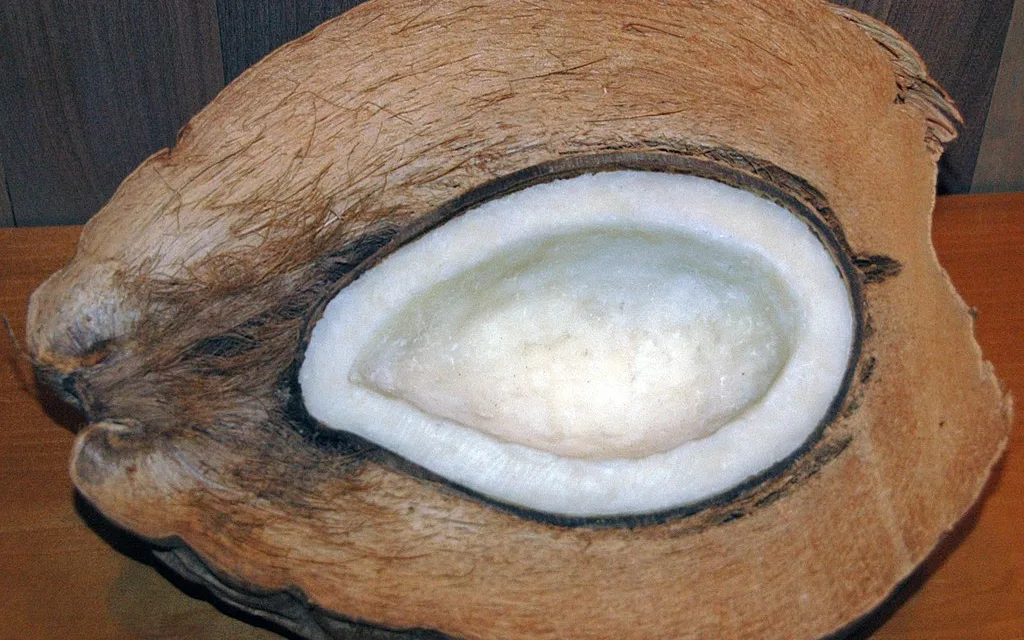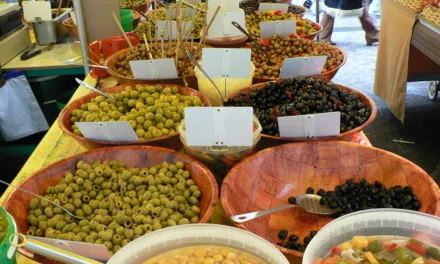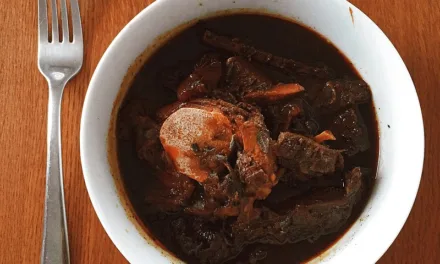Coconut, scientifically known as Cocos nucifera, is a highly versatile and important tropical fruit that belongs to the Arecaceae (palm) family. Here’s a detailed description of the coconut:
Physical Characteristics
- Structure:
- Exocarp: The outermost layer, usually smooth and green when young, turns brown as it matures.
- Mesocarp: The fibrous husk beneath the exocarp, known as coir, which can be used for making ropes, mats, and other products.
- Endocarp: The hard, woody shell inside the husk, which protects the seed.
- Endosperm: The inner part, which includes the white, edible flesh (coconut meat) and the coconut water.
- Size and Shape:
- Coconuts vary in size but are typically oval or spherical.
- They can range from 10 to 30 centimeters in length and 15 to 20 centimeters in diameter.
Nutritional Content
- Coconut Water: A clear liquid inside young, green coconuts, rich in electrolytes, vitamins, and minerals.
- Coconut Meat: The white, fleshy part inside mature coconuts, high in fat, particularly medium-chain triglycerides (MCTs), fiber, and essential nutrients.
- Coconut Oil: Extracted from the meat, widely used in cooking, cosmetics, and traditional medicine.
Uses
- Culinary:
- Coconut milk and cream, derived from the meat, are staples in many cuisines.
- Desiccated coconut is used in baking and confectionery.
- Coconut oil is a popular cooking oil and ingredient in various recipes.
- Non-Culinary:
- Coir: Used for making brushes, mats, and other products.
- Shell: Utilized for crafts, charcoal, and as a source of activated carbon.
- Timber: Coconut palm wood is used for furniture and construction.
- Health and Wellness:
- Coconut oil is used in skincare and haircare products.
- Coconut water is a hydrating drink, popular for its electrolyte content.
Cultural and Economic Significance
- Cultural Importance: Coconuts play a significant role in various cultures, especially in tropical regions, featuring prominently in rituals, traditions, and diets.
- Economic Value: Coconut cultivation and processing are vital to the economies of many tropical countries, providing employment and export revenue.
Environmental Considerations
- Coconut palms thrive in tropical climates, especially in sandy soils with good drainage.
- They are resilient to salty conditions, often found near coastlines.
Overall, the coconut is a multifunctional fruit with extensive applications in culinary arts, traditional practices, and modern industries. Its economic and cultural significance makes it an essential crop in many tropical regions around the world.
Image from Wikipedia






Recent Comments